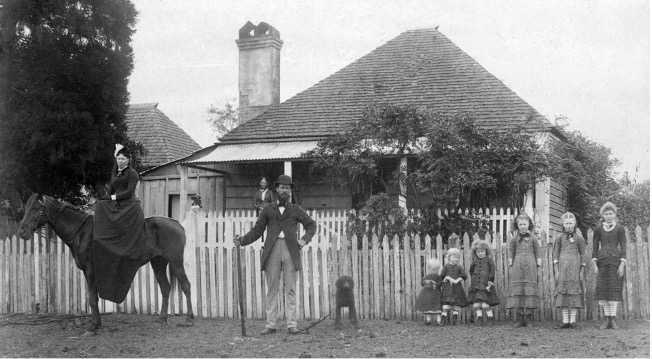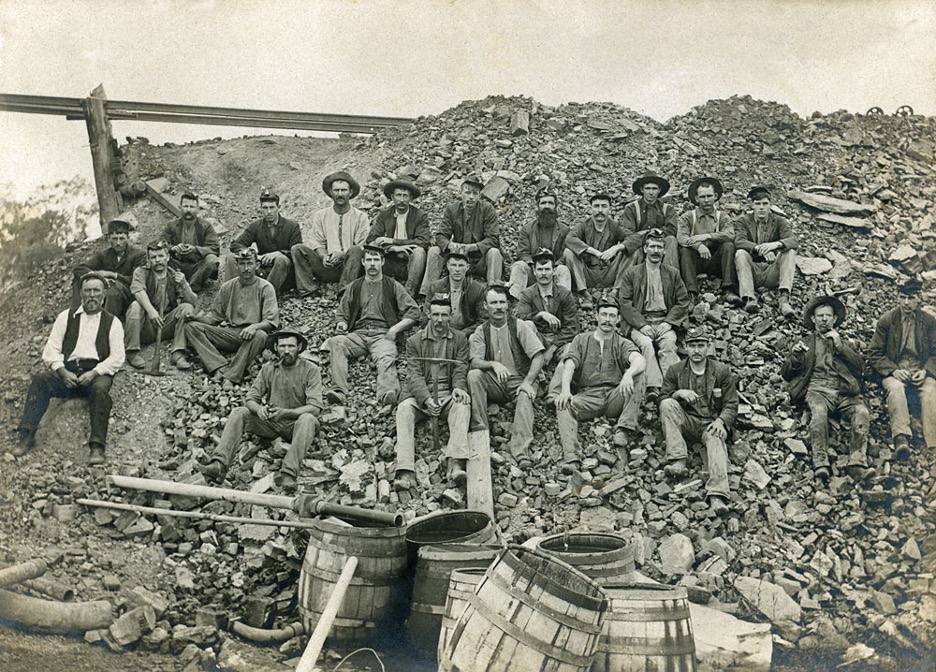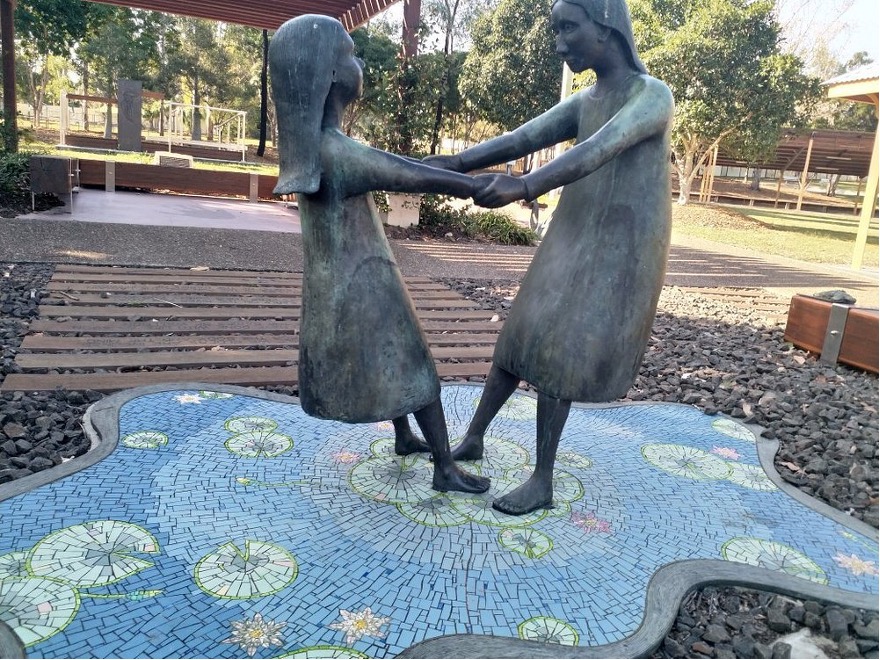
It’s long been a cornerstone of Southeast Queensland’s history. Evolving from a small settlement into a bustling community fuelled by industry, transport and local enterprise, Walloon’s story is one of resilience, growth, and transformation – a reflection of the pioneering spirit of its first inhabitants.
Known by many names over the years – Five Mile, Five Mile Waters, Guilfoyles Creek, Campbell’s Gully and Ten Mile Peg to name a few – it is thought that Walloon was eventually named after the French speaking area of southern Belgium.
The Walloons were the driving force behind the Industrial Revolution in Continental Europe in the early 19th Century, which seems a fitting namesake for a town that would go on to play a significant role in Queensland’s own industrial and agricultural development.
Indeed, the hardworking spirit of Walloon’s early residents continues to be reflected in the town’s ongoing evolution, ensuring its place in history while embracing the future at the same time.
Settled by Europeans in the 1840s after land was opened up to free settlers, the area quickly became known for its strong agricultural base, with farming playing a crucial role in sustaining the early community, which included Aaron Noble and his wife Rachel (pictured) who settled at Walloon in 1885.
The arrival of the railway in the 1860s marked a turning point in Walloon’s development. One of the first stations on the Ipswich to Grandchester railway line in 1865, the network provided essential transport links to Ipswich and Brisbane, enabling local industries to expand and giving residents greater access to trade and commerce. Not surprisingly, Walloon flourished as a key stop along the route, leading to increased settlement and business growth.
With railways, collieries and farming all thriving in the immediate area, the town flourished, and in the 1890s its businesses included a blacksmith, butcher, carriers, saddler, storekeepers, tailor and tannery.
Coal mining was also a key industry, with collieries in the surrounding area providing employment and driving economic activity. Farming remained a staple source of income, with dairy and crop production sustaining both local and regional markets.

Alongside its economic growth, Walloon developed a strong sense of community. Schools, parks, and public amenities were established to support the growing population.
In 1879, the Walloon Division was created, and it later became the Shire of Walloon in 1903.
The non-vested school at Walloon was opened in 1865 under the name “Guilfoyles Creek”. There were 41 pupils enrolled, most of which were the children of railway workers. There was also a private school that was run by the Catholic Church with support from the Queensland Government. An official government school – Walloon State School – opened later, in 1877, and the original school building is now used as the Country Women’s Association (CWA) hall.
Sadly, Walloon has also suffered its fair share of tragedy.
In March 1891, two school children, sisters Bridget and Mary Broderick, drowned in a local waterhole.
The girls, aged six and nine, were both students at Walloon State School and were sent on an errand by their parents. It is thought they were distracted by some water lilies in a pool near their home and were later found drowned in six feet of water.
Their fate became the subject of a poem by Henry Lawson, The Babies of Walloon, and today a memorial consisting of two sculptures of the young girls in a mosaic pond of water lilies can be found in the Henry Lawson Bicentennial Park, opposite the school.

Fast forward 134 years and Walloon is once again transforming as our hilltop community, Highland Walloon, comes to life.
Offering an exceptional blend of contemporary housing, green space, and convenient access to essential services, this family-friendly development marks the next chapter for this historic township.
With planning for the first stage release now under way, there has never been a better time to create a new story at Highland Walloon.
Potential buyers are encouraged to register their interest to avoid missing out.